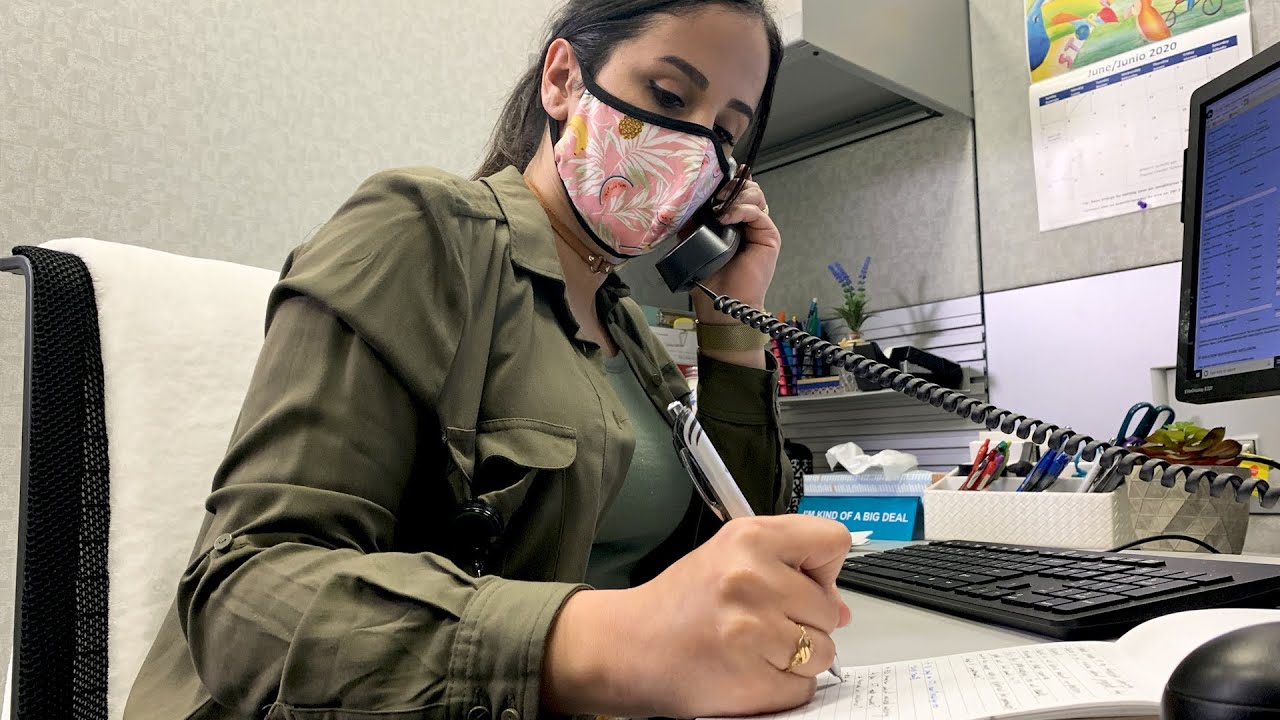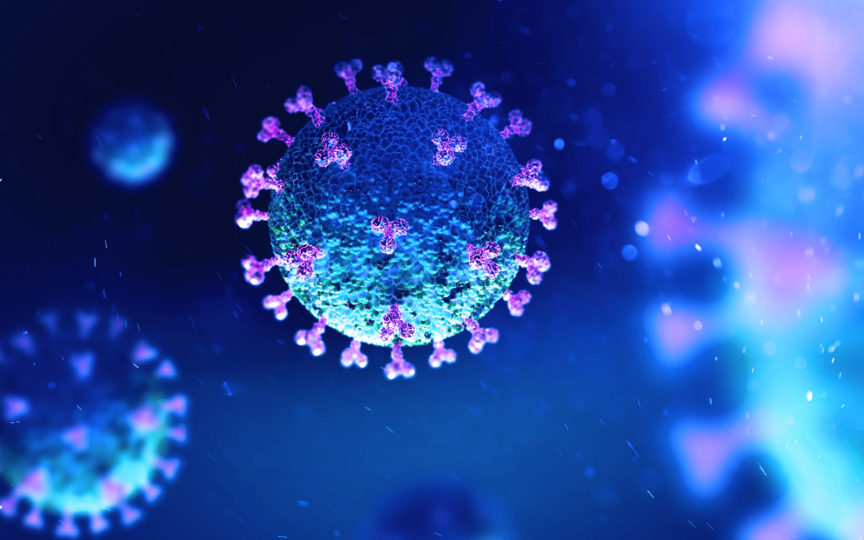At its regularly scheduled meeting today, the County Board of Supervisors got an update on the impact the novel coronavirus is having in the region.
The update primarily covered how the County’s T3 (Test, Trace, Treat) Strategy is focusing on populations and communities that have been disproportionately impacted by COVID-19.
These efforts, most of which have been ongoing throughout the pandemic, are helping to drive down the testing positivity percentage in these populations and communities. Reducing that percentage is called for by a new state metric for health equity.
“San Diego has been doing the work needed to resolve barriers, and has focused interventions where there is a disproportionate impact of COVID-19, as a means to accelerate progress toward recovery,” said Wilma Wooten, M.D., M.P.H., County public health officer.
Some of the immediate strategies the County has deployed are:
- Prioritized testing of ethnic and vulnerable populations, including testing at the border and rural communities
- A focused testing strategy in South County
- Outreach and testing directed toward Latino farm workers
- Hiring tracing staff to reflect diversity of clients served
- Using promotoras, a term for community health workers, in contact tracing efforts
- Established four tracing contracts with community-based organizations
The County also developed a capacity for more than 1,000 public health rooms to be made available for people unable to isolate or quarantine safely at home. The rooms come with wraparound services, such as transportation, food and health care.
Since the COVID-19 pandemic began, the County has administered more than 1.2 million tests and has conducted more than 57,000 case investigations and more than 43,000 contact tracing interviews.

These days, the County is initiating 97% of case investigations and tracing 96% of close contacts within 24 hours. On average, a case investigation is started and completed in 3.6 days after a person gets tested.
“From the beginning, health equity has been central to the T3 Strategy of test, trace and treat,” said Nick Macchione, director of the County Health and Human Services Agency, who spearheads the T3 Strategy. “It’s been about accessible COVID-19 testing, especially for those communities disproportionally affected by the virus. Culturally competent disease investigation is extremely important, as is ensuring we are able to provide assistance for safe isolation and quarantine services that are individualized to the various cultural needs.”
State Metrics:
- The state issued its weekly assessment of risk levels today, and San Diego County remains in Tier 2, also referred to as the Red Tier.
- San Diego’s state-calculated, adjusted case rate is 6.8 per 100,000 residents, up from 6.5 in the previous assessment. Limit for Tier 2 is 7.0.
- The testing positivity percentage is 3.0%, down from 3.5% last week, placing it in Tier 3 or the Orange Tier.
- The state’s health equity metric looks at the testing positivity for areas with the lowest healthy conditions. This metric does not move counties to more restrictive tiers but is required to advance.
- The County’s health equity testing positivity percentage is 5.7, down from the 6.2 percent reported Oct. 6.
- The California Department of Public Health will assess counties on a weekly basis, with the next report scheduled for Tuesday, Oct. 20.
Community Setting Outbreaks:
- Six new community outbreaks were confirmed on Oct. 12: three in restaurant/bar settings, two in private residences and one in a K-12 school setting.
- In the past seven days (Oct. 6 through Oct. 12), 52 community outbreaks were confirmed.
- The number of community outbreaks remains above the trigger of seven or more in seven days.
- A community setting outbreak is defined as three or more COVID-19 cases in a setting and in people of different households over the past 14 days.
Testing:
- 10,078 tests were reported to the County on Oct. 12, and the percentage of new laboratory-confirmed cases was 3%.
- The 14-day rolling average percentage of positive cases is 2.9%. Target is less than 8.0%.
- The 7-day, daily average of tests is 10,608.
- People with and without symptoms who are at higher risk for COVID-19 should be tested. Health care and essential workers should also get a test, as well as people who had close contact to a positive case or live in communities that are being highly impacted.
Cases:
- 278 new cases were confirmed among San Diego County residents on Oct. 12. The region’s total is now 51,024.
- 3,702 or 7.3% of all cases have required hospitalization.
- 857 or 1.7% of all cases and 23.1% of hospitalized cases had to be admitted to an intensive care unit.
Deaths:
- 14 new COVID-19 deaths were reported in San Diego County on Oct. 12. The region’s total is now 840.
- Eight women and six men died between Oct. 3 and Oct. 11, and their ages ranged from early 50s to early 100s.
- All but one had underlying medical conditions.
More Information:
The more detailed data summaries found on the County’s coronavirus-sd.com website will be updated around 5 p.m. today.






